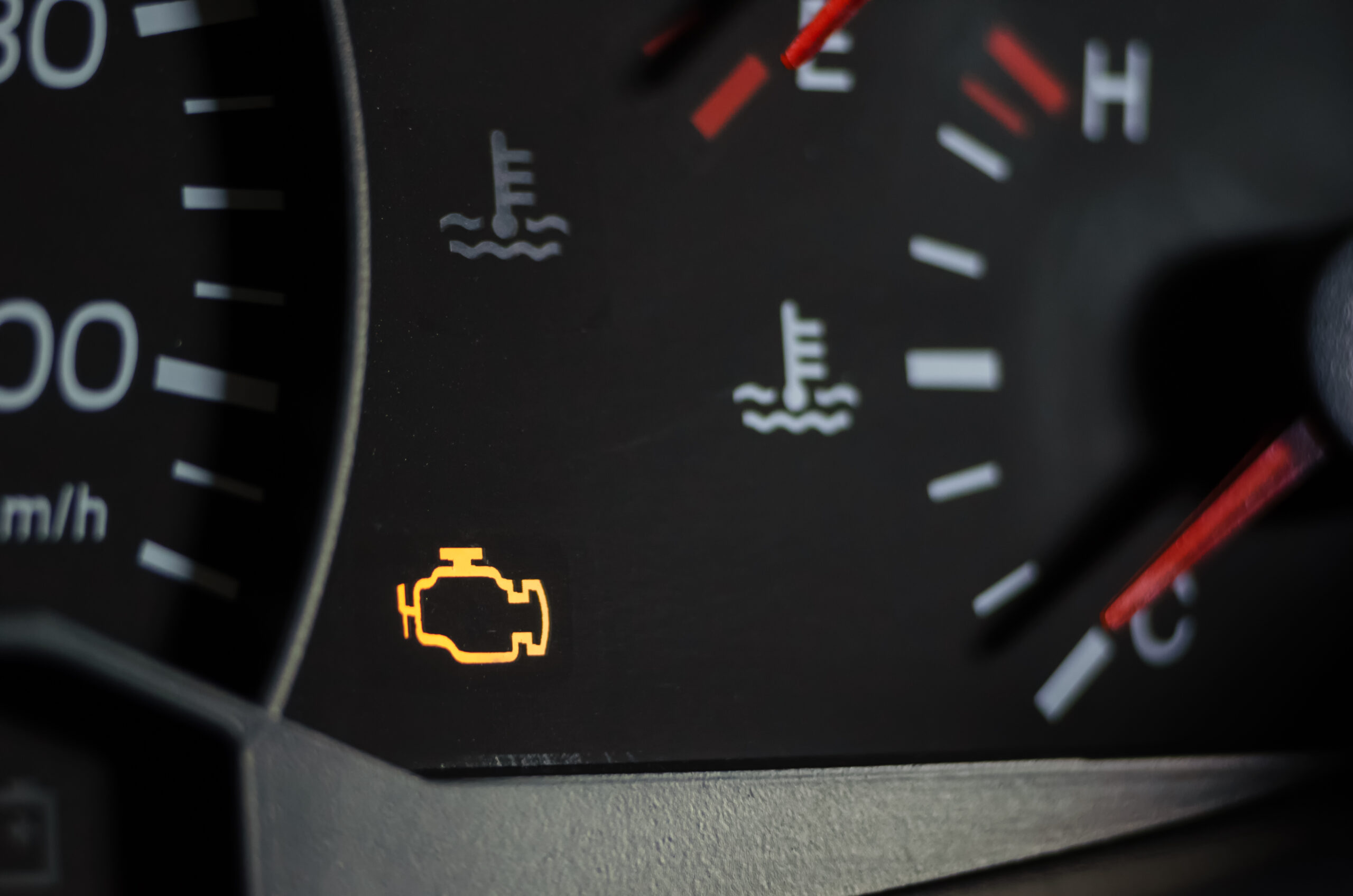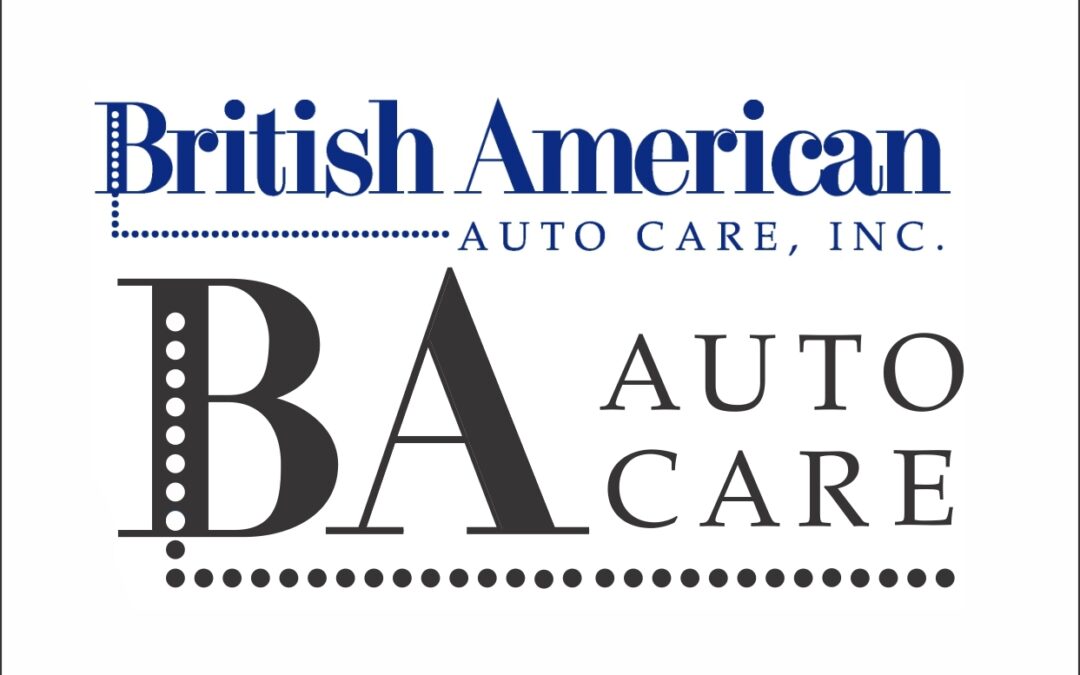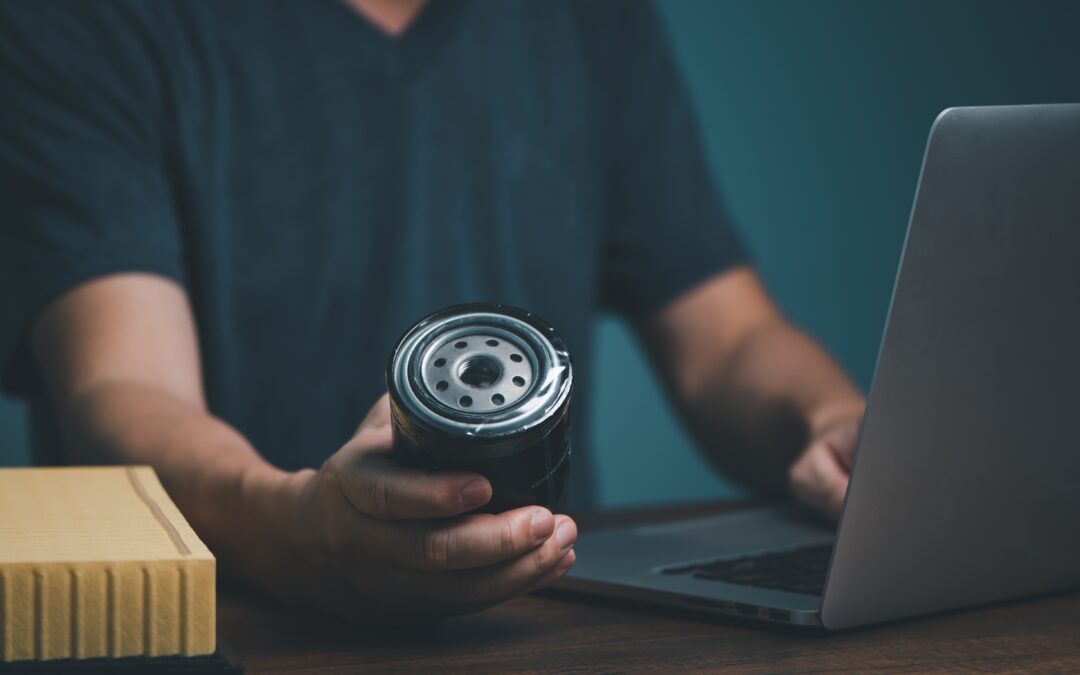When the check engine light comes on in your car, it can be a scary situation. You immediately imagine the worst. Your car engine is failing, and you are going to need a costly repair. However, this is not always the case. The issue may be a minor issue that a certified auto technician can address and repair quickly. Still, it is important to get the problem diagnosed immediately by your local car repair shop.
An important note to the wise: troubleshooting check engine light issues are not for novices. Unless you have the knowledge and the right tools, it is best to consult a real auto mechanic.
Here is what we do when you bring your car in for a check engine light issue:
- The first thing we do is hook your car up to a computer so that we can use a diagnostic tool called an OBD-II scanner to diagnose check engine light issues. OBD stands for On-Board Diagnostics and has been included in most vehicles since 1996.
- These codes provide a general idea of the problem area. We do this first scan test as a courtesy so we can give you an idea of what the next diagnostic step will be.
- The technician then looks at the information behind the code, looks at a snapshot of the data when the check engine light came on, and takes an in-depth look at the live sensor data. This includes things like vehicle speed, the position of the gas pedal, the temperature of the engine, etc.
- The technician’s next step is to interpret the data that’s been collected and check for service updates and recalls. All this information is used to develop a diagnosis report that the service writer uses to estimate the cost of the repair.
- Once the vehicle is repaired, we reset the computer. This means that the computer has to re-establish a baseline of performance data for your car. That’s why you need to postpone doing an emissions test following a computer reset for at least two weeks.






